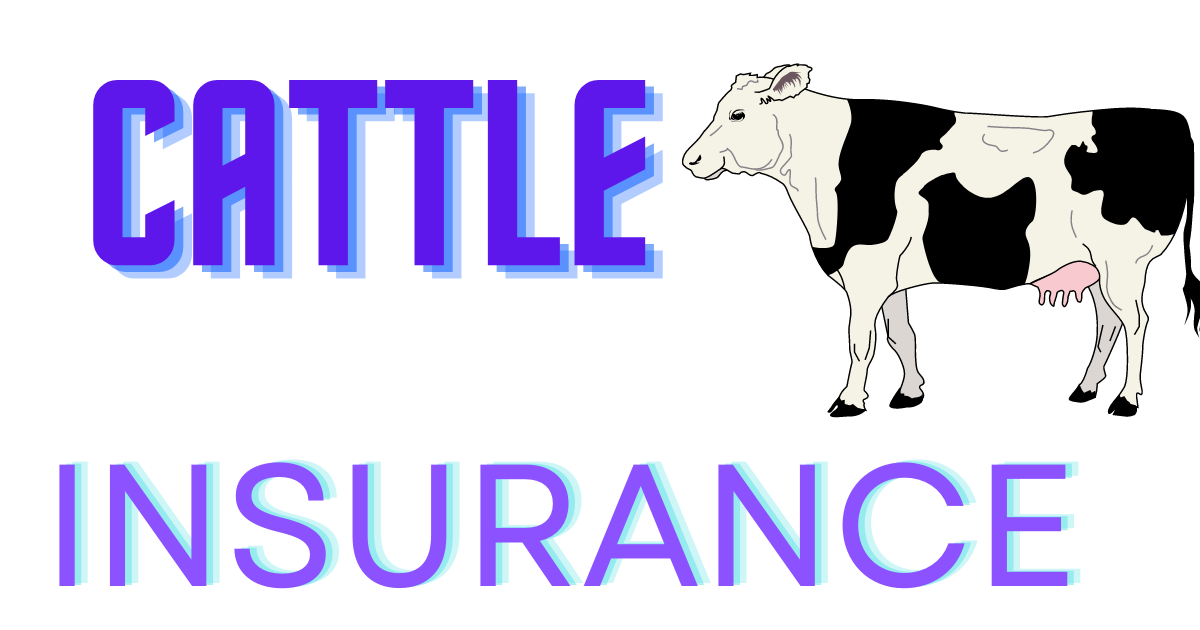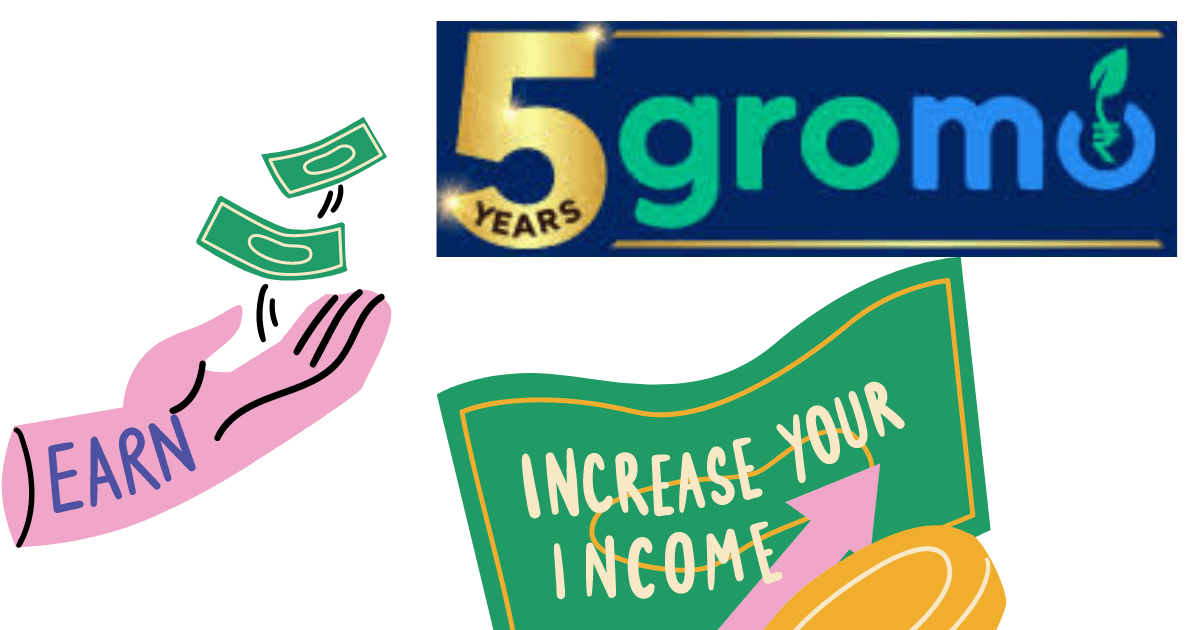Introduction
Let’s dive into the world of Financial Cover for Death of cattle insurance, a safety net that many ranchers and farmers rely on to protect their investments. Imagine putting all your efforts into raising cattle, only for an unexpected event to jeopardize everything. That’s where cattle insurance steps in, offering financial protection in the face of such loss.
Whether it stems from natural causes, accidents, or diseases, the death of cattle can greatly impact your finances and operations. In this blog, we’re going to explore how a cattle insurance policy works, its benefits, and why it’s essential for anyone in the livestock business to consider getting covered. So saddle up, and let’s get started on understanding the ins and outs of safeguarding your herd and your livelihood.
Importance of Cattle Insurance
For farmers and ranchers, the well-being of their livestock can directly influence their financial health and operational success. Cattle, as significant assets in the agricultural sector, require protection against unforeseen circumstances. This is where cattle insurance becomes not just an option, but a necessity. In this section, we’ll delve into why cattle insurance holds paramount importance for those in the agriculture sector.
Financial protection for farmers
Imagine investing time, money, and resources into nurturing your cattle, only to face the heartbreaking loss of one or more due to illness, accident, or natural disaster. Without insurance, the financial impact of such losses can be devastating, potentially jeopardizing your business’s viability. Cattle insurance serves as a financial shield, offering compensation for the death or incapacitation of the livestock. This way, farmers can mitigate financial losses, ensuring that a single event doesn’t have catastrophic financial repercussions on their farming operations.
Ensuring livestock welfare
Beyond the financial aspect, cattle insurance reflects a commitment to livestock welfare. Insurance policies often cover veterinary costs for illnesses or injuries, encouraging farmers to seek prompt and adequate medical care for their cattle without worrying about the financial burden. This proactive approach to health management not only protects the animals but also maintains or improves the productivity and quality of the herd. Therefore, cattle insurance indirectly supports the principles of animal welfare by ensuring that economic constraints do not compromise the health and well-being of the livestock.

Benefits of Financial Cover for Death of Cattle
Cattle insurance comes with a myriad of benefits that extend beyond mere financial reimbursement following an unfortunate event. This section will highlight how cattle insurance can be a cornerstone for sustainable farming, ensuring both financial stability and peace of mind for farmers.
Coverage for cattle deaths
The most direct benefit of cattle insurance is its coverage for the death of cattle due to a wide range of causes, including diseases, accidents, theft, and natural calamities like flood, lightning, and earthquake. Policies can be tailored to cover specific risks pertinent to the geographical and operational contexts of the farm. This comprehensive coverage ensures that farmers can recover a significant portion of their investments in the event of loss, allowing them to replenish their herd without dipping into personal savings or taking on debt.
-Herd replacement without financial strain: Insurance payouts enable farmers to replace lost livestock, maintaining the farm’s productive capacity without incurring additional financial strain.
-Protection against disease outbreaks: With some policies covering death due to disease, farmers are financially protected against outbreaks that can quickly decimate a herd.
Securing financial stability
The loss of even a single cattle can significantly impact a farmer’s income, particularly for small or medium-sized operations. Cattle insurance plays a crucial role in securing financial stability for farmers by ensuring that unforeseen losses do not translate into financial turmoil.
-Reinvestment in farm operations: Compensation received from insurance claims can be reinvested into the farm, helping to improve infrastructure, purchase new livestock, or implement advanced farming technologies.
-Budget predictability: Regular insurance premiums can be factored into the farm’s budget, making financial planning more predictable and manageable compared to the uncertainty of coping with sudden losses.
Peace of mind for farmers
Perhaps one of the intangible yet invaluable benefits of cattle insurance is the peace of mind it offers to farmers. Knowing that their livestock, and consequently their primary source of income, is protected against unforeseen adversities allows farmers to focus on the day-to-day operations and long-term strategies for their business without the constant worry of potential losses.
-Confidence in business expansion: With the financial safeguards provided by insurance, farmers may feel more confident in taking calculated risks to expand their operations.
-Support for family and employees: In family-run farms, the assurance that the business can withstand unexpected losses helps secure not only the farmer’s livelihood but also that of their family and employees.
In conclusion, cattle insurance represents a vital tool in the agricultural sector, offering a safety net against the unpredictable nature of farming. From financial protection to ensuring livestock welfare, the benefits of cattle insurance are comprehensive, touching on every aspect critical to the sustainable success of farming operations. As such, investing in a cattle insurance policy isn’t just a financial decision; it’s an investment in the future resilience and prosperity of the agricultural business itself.
Understanding Cattle Insurance Policies
Cattle insurance might sound like a niche product, but for farmers and ranchers, it’s as essential as any other form of protection they can lay their hands on. This form of insurance isn’t just about protecting livestock but ensuring the continuity of operations and livelihood for those who depend on these animals. Let’s dive a little deeper into what cattle insurance covers and the factors that affect premium rates.
Types of coverage available
At its core, cattle insurance is designed to offer financial protection against the loss of cattle due to death from accidents, diseases, and sometimes, specific climatic conditions. However, the scope of coverage can vary significantly among policies. Here’s a rundown of the common types of coverage available:
– Mortality Insurance: This is the most basic form of cattle insurance, covering death due to accidents or diseases. It’s the safety net that ensures farmers don’t bear the financial burden of losing their livestock unexpectedly.
– Theft and Straying: Unfortunately, theft or losing cattle because they stray too far from the farm can be a real concern. This coverage helps mitigate the losses from such incidents.
– Infertility and Loss of Use: For breeding operations, the inability of a bull or cow to perform its breeding functions can be a significant financial hit. Some insurance policies may offer coverage for this, safeguarding against losses from infertility or loss of use.
– Disease Outbreak Coverage: In case of an outbreak of certain diseases, this coverage can be a boon, offering compensation for the death of cattle under specific conditions.
Understanding the coverage options available is crucial in selecting a policy that best fits the needs of a farm or ranch.
Factors affecting premium rates
When it comes to calculating premiums for cattle insurance, several factors come into play, each influencing the cost to varying degrees. Key factors include:
– Age and Breed of Cattle: Different breeds come with different health risks and lifespans, affecting the risk assessment by the insurer. Similarly, younger animals might be seen as less risky compared to older ones, impacting premium rates.
– Purpose of Cattle: Whether cattle are raised for dairy, beef, or breeding purposes can also affect premiums. Each category carries its unique set of risks and values, influencing the cost of insurance.
– Number of Cattle: Insuring a larger herd usually means a higher overall premium but can also trigger discounts per head of cattle due to bulk insurance policies.
– Geographic Location: The risks associated with climate, prevalence of diseases, and incidence of theft or straying in a specific area can significantly affect premium rates.
– Claims History: Just like with any other insurance, a history of frequent claims can lead to higher premium rates for cattle insurance.
How Cattle Insurance Safeguards Livelihoods
While it’s clear that cattle insurance offers financial protection, its impact goes much deeper, particularly when it comes to safeguarding the livelihoods of farmers and the overall welfare of the livestock industry. Through various examples and analyses, we can gain insights into how this form of insurance not only protects but also promotes sustainability and growth in the livestock sector.
Case study: Real-life example
Consider the case of a dairy farm located in the Midwest, known for its high-quality organic milk production but recently hit by an unexpected outbreak of Bovine Respiratory Disease (BRD). The farm faced the devastating loss of several key dairy cows, significantly impacting its production capacity and revenue. With a comprehensive cattle insurance policy in place, however, the farm was able to claim financial compensation for the loss of their dairy cows.
This compensation allowed the farm to invest in new livestock much sooner than would have been financially possible otherwise. Additionally, they could afford to implement improved biosecurity measures to prevent future outbreaks. This real-life scenario underscores how cattle insurance not only provided a financial safety net in times of unexpected loss but also contributed to the long-term sustainability and health of the farm’s livestock operations.
Impact on the livestock industry
The implications of cattle insurance extend beyond individual farms, affecting the livestock industry at large. Here are several ways in which cattle insurance contributes to the industry’s welfare:
– Stabilizes Income: By compensating for losses, cattle insurance helps farmers maintain a stable income, ensuring that they can continue their operations without significant financial setbacks.
– Encourages Best Practices: Insurance companies often require certain standards and practices to be met for coverage. This requirement motivates farmers to adopt best practices in animal health management, biosecurity, and overall farm management.
– Facilitates Investment: With the financial security that comes from being insured, farmers are more likely to invest in quality livestock, advanced technologies, and infrastructure improvements, all of which can contribute to the growth and advancement of the livestock industry.
– Promotes Risk Management: Cattle insurance plays a crucial role in the broader strategy of risk management for livestock operations. By transferring some of the risks to insurance providers, farmers can focus on productivity and innovation.
– Supports Industry Confidence: Knowing that there’s a safety net in place, both farmers and investors are more likely to engage and invest in the livestock industry with confidence. This can lead to increased production, innovation, and overall growth within the sector.
Cattle insurance, therefore, is not just about mitigating losses; it’s about promoting a resilient, sustainable, and innovative livestock industry. Whether it’s a small family farm or a large ranching operation, the right insurance policy can make a world of difference in managing the risks associated with raising cattle. It underlines the importance of not just surviving in the face of challenges but thriving, ensuring the well-being of both the animals and those who care for them.
Conclusion
Cattle farming is a significant venture that sustains families, communities, and economies. However, the unpredictable nature of livestock health and life can lead to financial losses that are hard to recover from. This is where cattle insurance comes into play, providing a safety net for farmers against the death of their cattle due to accidents or diseases. By opting for such insurance, farmers can ensure the continuity of their operations without the constant worry of financial ruin due to loss of livestock.
Cattle insurance policies can offer peace of mind and financial protection, ensuring that:
– Farmers are compensated for the loss of cattle, helping them to recover and rebuild.
– The welfare of the remaining livestock can be maintained, allowing business operations to continue uninterrupted.
– Long-term sustainability and growth of farming operations are supported, contributing to overall economic stability.
In a nutshell, investing in a cattle insurance policy is not just about protecting against the unforeseen. It’s about securing a future for your farming business, safeguarding your financial interests, and contributing to a stable agricultural sector. Ensure you thoroughly research and choose a policy that best fits your needs, offering the right coverage at the right price.


















